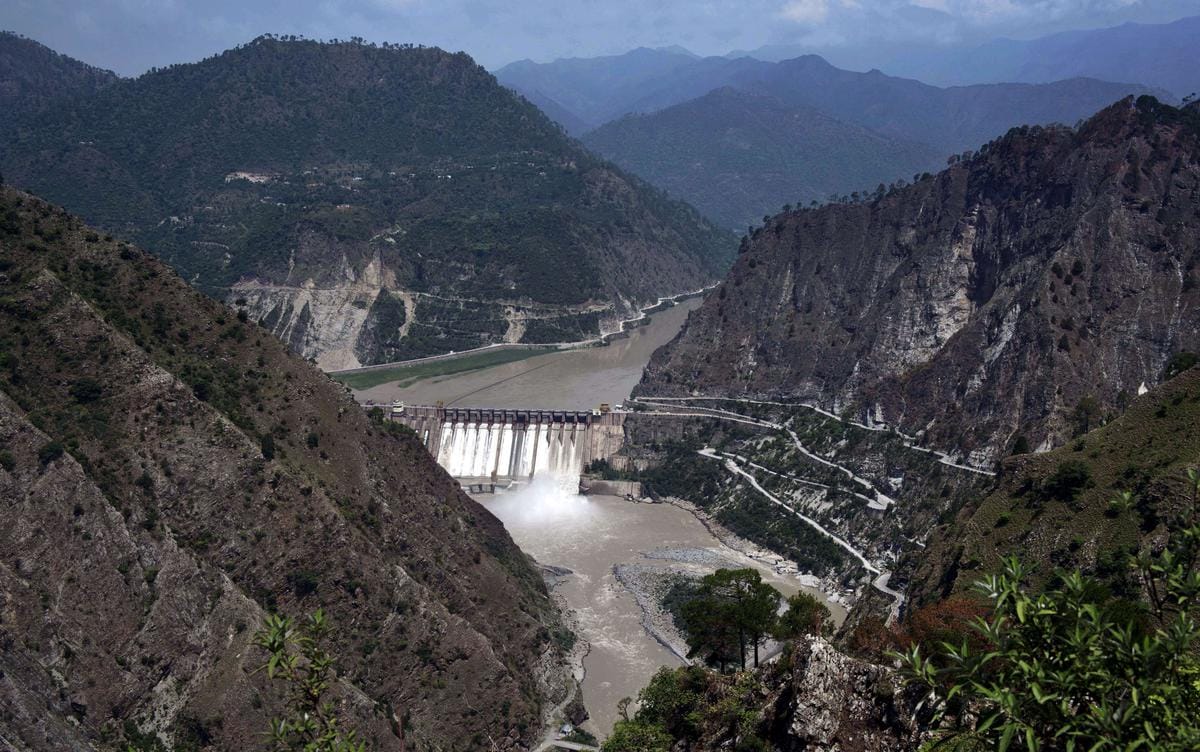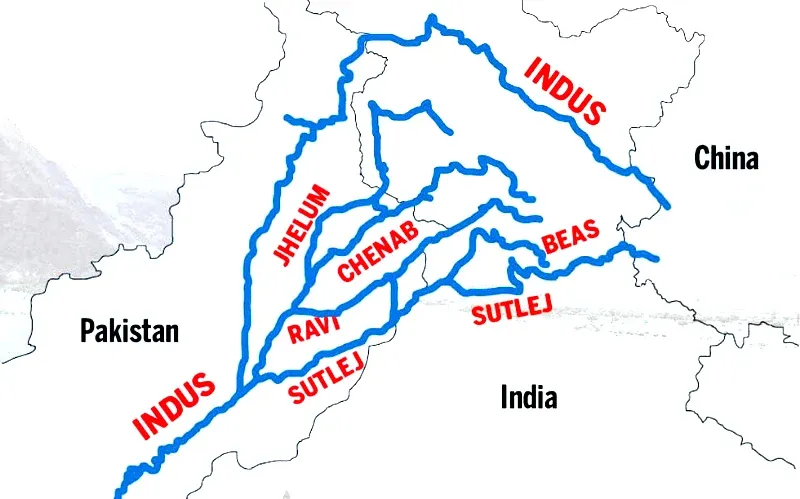Indus Waters Treaty Suspended: India’s Response to Pahalgam Terror Attack Explained

Author: Ali Asghar, 3rd year Law Student, Jamia Millia Islamia, Delhi
Introduction
India's decision to suspend the 64-year-old Indus Waters Treaty (IWT) marks a historic moment in South Asia’s already fragile geopolitical landscape. After the recent terror attack in Pahalgam that killed Indian civilians, India has placed the treaty "in abeyance," raising critical questions:
Can India actually alter the flow of rivers that are vital to Pakistan’s water supply?
What Happened?
On April 24, 2025, India’s Secretary of Water Resources, Debashree Mukherjee, formally wrote to her Pakistani counterpart, Syed Ali Murtaza, announcing that India would suspend its obligations under the IWT with immediate effect.
This came after the Pahalgam terror attack, which claimed the lives of 26 Indian civilians.
In response, the Pakistan Prime Minister’s office condemned the move as an “act of war” and announced a series of retaliatory diplomatic measures, including the suspension of the 1972 Simla Agreement.
A Quick Recap of the Indus Waters Treaty
The IWT, signed on September 19, 1960, between India and Pakistan (with the World Bank acting as a facilitator and signatory), divides the six rivers of the Indus basin:
- Eastern Rivers (Ravi, Beas, Sutlej): India has full control.
- Western Rivers (Indus, Jhelum, Chenab): Pakistan has control, but India can use them for non-consumptive purposes like hydroelectricity, navigation, and irrigation.
As per this arrangement, Pakistan is allocated roughly 80% of the water from the Indus River system, while India receives approximately 20% of the water share.
The arrangement aimed to secure equitable utilization without fostering geopolitical conflicts
Despite wars and tensions, the treaty has stood the test of time until now.

Why Tensions Were Already Brewing
India’s completion of projects like the Kishanganga Hydroelectric Plant (2017) and advances on the Rattle Hydroelectric Project on the Chenab River sparked disputes.
Pakistan challenged these under the IWT’s dispute resolution system, involving a Neutral Expert and a Court of Arbitration.
In 2023, India asked for a bilateral renegotiation of the treaty (under Article XII(3)), citing technological advances, environmental changes, and national security needs. Pakistan refused. In response, India boycotted the Permanent Indus Commission meetings in 2024.
Thus, relations under the treaty were already at their lowest ebb before the Pahalgam attack.
What the Law Says: Can India Suspend the Treaty?
Although the term "abeyance" is not explicitly mentioned in the treaty, India’s move draws on international law, specifically Article 60 of the Vienna Convention on the Law of Treaties (1969).
This allows a country to suspend or terminate a treaty in cases of material breach or fundamental change of circumstances (known as rebus sic stantibus).
However, any such action must still follow international legal standards—meaning it can’t be done arbitrarily.
Does India Have the Capacity to Cut Off Pakistan's Water?
In reality, while India has some technical capability to store, divert, or slow down the flow of rivers through dams and reservoirs, immediate large-scale changes are unlikely.
Building the required infrastructure would take years of planning, massive investment, and could invite international scrutiny.
Moreover, drastically altering river flows could also impact India's own ecology and downstream states.
Conclusion
The Indus Waters Treaty has long been a global symbol of cooperation, surviving wars and diplomatic crises. Its legal framework is robust, but its durability rests on mutual trust.
But India's 2025 suspension reflects a new era, where national security concerns can override even the most established international agreements.
As the situation unfolds, both legal experts and geopolitical analysts agree: The fate of South Asia’s water—and its fragile peace—hangs in the balance.
Sources:




